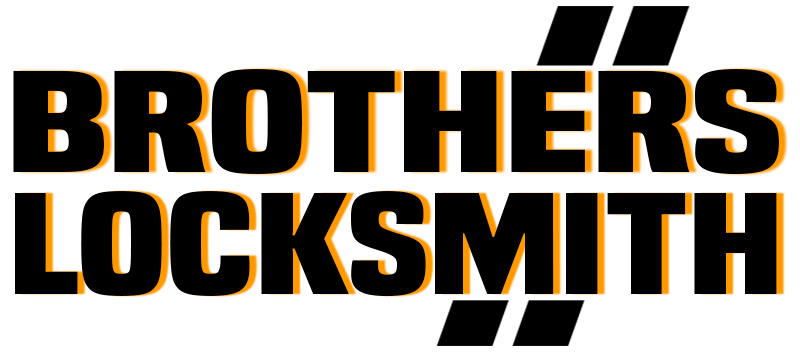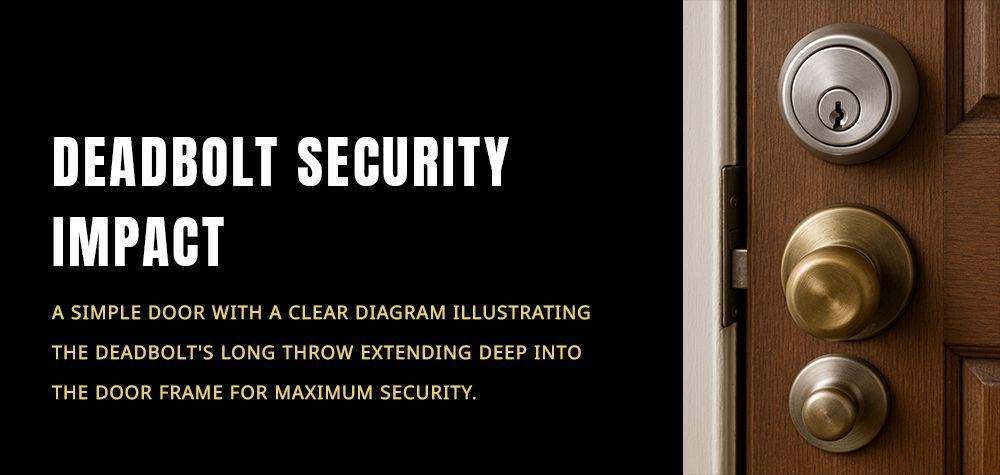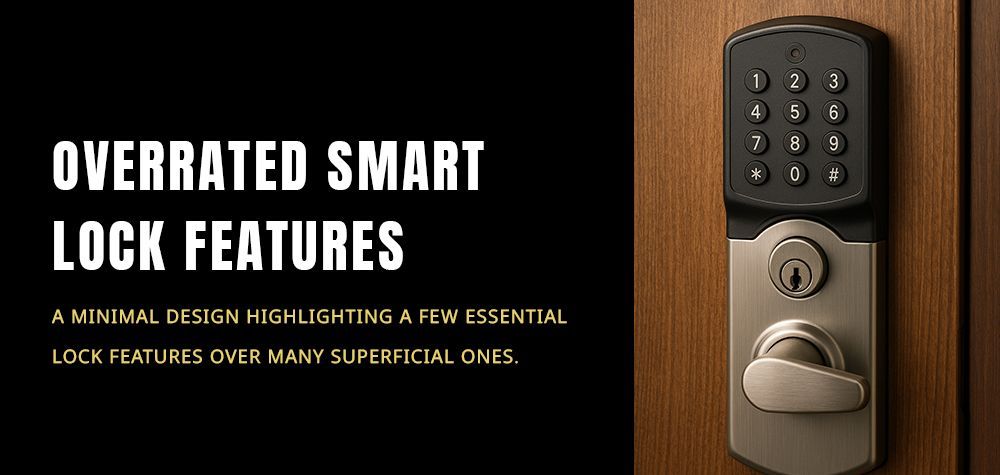How to Audit Your Office Lock System for Security Flaws
Think your office lock system is secure just because the doors close behind you? Think again.
Whether you're running a small startup or managing a growing corporate space, your locks are the first line of defense. Yet, they’re often the most overlooked. A faulty lock, outdated access system, or even just a lost key can open the door—literally—for theft, data breaches, and unauthorized access.
That’s where a lock system audit comes in. Conducting a regular, thorough check of your office locks isn’t just smart—it’s essential. In this guide, we’ll walk you through how to audit your office lock system to identify security flaws before they become serious threats.
"Commercial Door Locks: Choosing Between Cylindrical, Mortise, and Smart"
Step 1: Understand the Full Scope of Your Lock System
Before you can audit your system, you need to understand what you're working with.
Start by creating a complete list of all entry and access points. This includes:
- Main entrances and exits
- Employee access doors
- Emergency exits and fire doors
- Internal offices or departments with restricted access
- Server rooms or file storage areas
- Supply closets or inventory rooms
Once you know where all your locks are, note what type of locks are in place: traditional key locks, keypad locks, card access, smart locks, or a combination.
This is your security map—and it’s the foundation for everything that follows.
Step 2: Check Physical Condition of Each Lock
Now it’s time to get hands-on. Go to each lock and check:
- Is the lock physically intact with no visible signs of tampering or wear?
- Does the door shut and lock securely without sticking or misalignment?
- Are there signs of rust, corrosion, or loose hardware?
- Are hinges, strike plates, and door frames in good condition?
Don’t underestimate physical damage—even minor issues can compromise your building's security. For example, a misaligned door may not allow the lock bolt to engage fully, rendering even the best lock useless.
Step 3: Test All Access Points for Functionality
A lock that looks good doesn’t mean it works well.
Test each lock and entry system to ensure it's functioning as expected. For traditional locks, check if keys insert smoothly and turn without excessive force. For electronic systems, ensure credentials (cards, fobs, biometrics) are read accurately and allow or deny access as programmed.
Ask yourself:
Can unauthorized personnel get access to sensitive areas?
Are there “workarounds” that employees might be using, like propping open secure doors?
If you notice any workarounds, it’s often a sign that the current system is either inconvenient or broken—and that’s a red flag.
Step 4: Review Access Control Settings
If you're using a smart or electronic access control system, audit your user access permissions.
- Who has access to what?
- Are there ex-employees still in the system?
- Are there active users with outdated access levels?
Access bloat—where too many people have too much access—is one of the most common security flaws in offices today. If a former employee’s credentials are still active, they could walk in unchallenged.
Make sure your system has a process in place for revoking access immediately when someone leaves the company or changes roles.
Step 5: Evaluate Key Management Practices
If your office still uses traditional keys, a key audit is non-negotiable.
- Do you know who has copies of which keys?
- Are all keys accounted for?
- Have locks been rekeyed recently?
Lost or unreturned keys are a major vulnerability. If you’ve had recent staff turnover, a break-in scare, or even just can’t remember the last time you rekeyed, it may be time for an upgrade.
You may want to consider switching to restricted keyways—keys that can’t be duplicated without authorization—or transitioning to smart locks where credentials are easier to track.
Step 6: Assess Emergency Exit Locks and Compliance
Emergency exits must meet legal and safety standards, but they also need to be secure.
- Do panic bars function properly without jamming?
- Are exit doors alarmed or monitored?
- Can they be opened easily from the inside, but not the outside?
If your office has multiple exits, make sure none of them double as a security weakness. These doors are often used the least and maintained the worst—making them easy targets for unauthorized entry.
Step 7: Test Surveillance and Alarm Integration
- Do your locks work with your surveillance and alarm systems?
If a smart lock is forced open, is there an alert? If an unauthorized code is entered, does the system log or report it? Check that your locks, cameras, and alarms form a connected, cohesive network, not just a collection of separate tools.
If they don’t talk to each other, they can’t back each other up when something goes wrong.
Step 8: Identify Vulnerabilities in Behavior and Human Error
Sometimes, the biggest flaws aren’t in the hardware—they’re in the habits.
- Do employees often leave doors propped open?
- Are keys or access cards shared between staff?
- Is there a clear policy for after-hours access?
Do cleaning crews or third-party contractors have unrestricted access?
Security isn’t just about systems—it’s about training. Part of your audit should include assessing employee behavior and making sure everyone understands the importance of proper access control.
Step 9: Plan for Regular Maintenance and Updates
Security isn’t a one-time thing. Locks, codes, and access lists should be reviewed at least once a year, if not more often.
Create a maintenance calendar to:
- Inspect and lubricate physical locks
- Update access credentials
- Revoke outdated permissions
- Replace or repair worn components
Evaluate new security technology and upgrades
Consider scheduling quarterly or bi-annual audits, especially if your office has high turnover or handles sensitive data.
Step 10: Call in a Professional Locksmith for a Full-Spectrum Security Assessment
Even if everything seems okay, a trained locksmith can spot things you won’t.
Certified commercial locksmiths understand weak points, advanced threats, and industry best practices. They can provide a full risk assessment, suggest upgrades, and help you implement a layered security system tailored to your office size, industry, and budget.
It’s always better to be proactive with your security than reactive after a breach.
Conclusion: Audit Today, Protect Tomorrow
An office lock audit isn’t just about doors and keys—it’s about securing your livelihood, your employees, and your data. By walking through your access points, understanding your systems, and identifying flaws, you can create a safer, smarter office environment.
In today’s world, where even small lapses can lead to big losses, a lock audit is a simple but powerful way to stay one step ahead. Don’t wait for a break-in or incident to take action—audit your office lock system today and give your business the protection it deserves.
Call Us Any Time!






